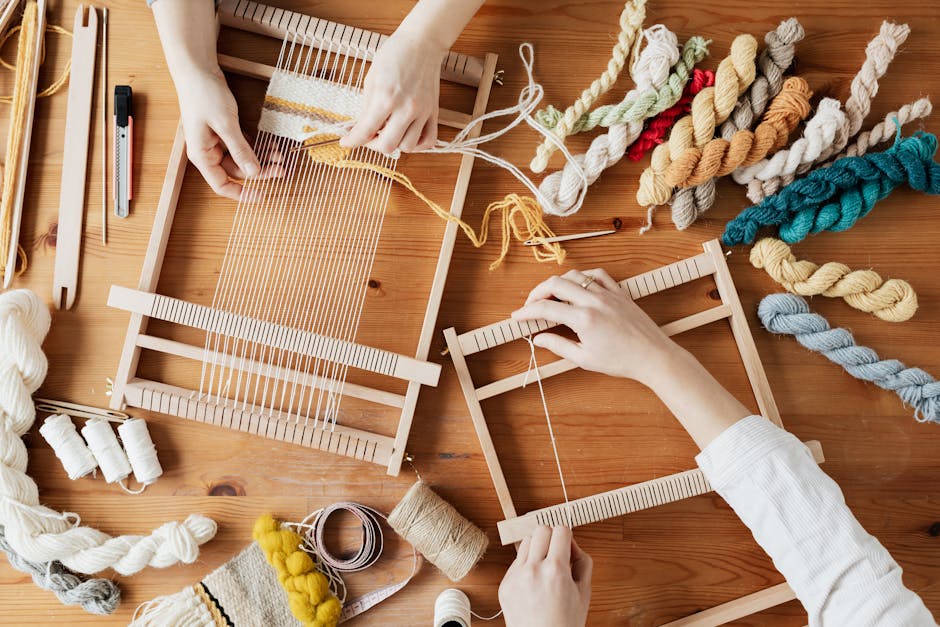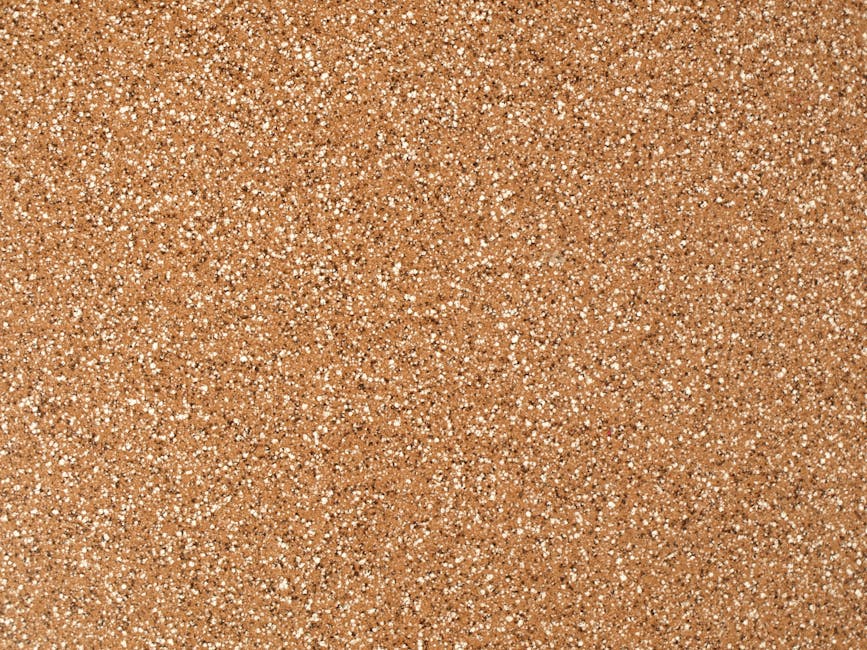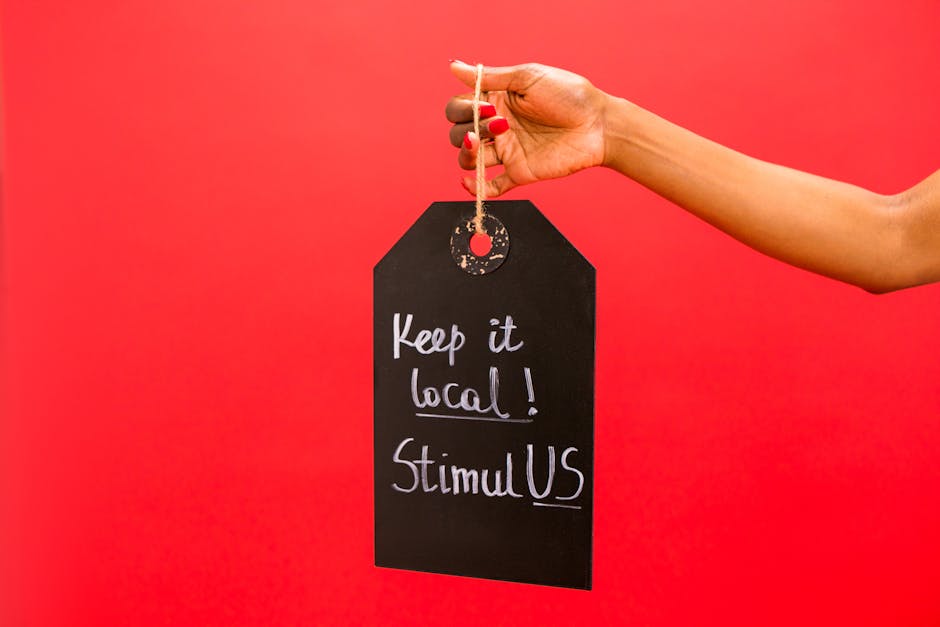Embrace Nature’s Palette: Biodegradable Dyes for Sustainable Fashion
In a world increasingly aware of fashion's environmental impact, the demand for sustainable choices is louder than ever—yet, how often do we consider the journey our clothes take before they land in our wardrobes? Biodegradable dyes represent not just a trend but a revolution in how we approach fashion in relation to the planet. Dive into the art and science behind these dyes and discover how they can bridge the gap between style and sustainability, transforming our approach to what we wear while nurturing the Earth.
The Shift Towards Sustainable Fashion

Fashion, often seen as a frivolous industry, contributes significantly to environmental degradation. According to a report by the Ellen MacArthur Foundation, the fashion industry is responsible for 10% of global carbon emissions and consumes enormous quantities of water and energy. It’s high time we rethink how we engage with textiles and consider alternatives that respect our planet.
The shift towards sustainable fashion is not just about using organic materials or promoting slow fashion principles. It's also about reevaluating the processes that bring our favorite garments to life—specifically, the dyes that color them. Traditional dyeing methods often use synthetic chemicals that can be harmful not only to the environment but to those who work with them. This has sparked an interest in biodegradable dyes, which offer a sustainable alternative.
Understanding Biodegradable Dyes

Biodegradable dyes, as the name suggests, are composed of materials that can decompose naturally in the environment. These dyes derive from renewable sources like plants, minerals, or even insects, eschewing harmful synthetic components. The natural world offers a diverse palette; for instance, rich hues can be extracted from turmeric, indigo, or madder roots.
A surprising trend emerging in the sustainable world is the adoption of these eco-friendly dyes by mainstream fashion brands. Recent collaborations between designers and dye scientists are harnessing age-old techniques to create vibrant, durable colors while making environmentally responsible choices.
The Environmental Impact of Biodegradable Dyes

When comparing biodegradable dyes with conventional alternatives, the environmental benefits become clear. Here are a few key points to consider:
-
Reduced Chemical Pollution: Traditional dyes often release harmful wastewater into our rivers and oceans, causing significant harm to aquatic ecosystems. Biodegradable dyes, on the other hand, typically undergo less treatment and create less toxic waste.
-
Lower Energy Consumption: Many biodegradable dyeing processes require less energy than their synthetic counterparts, resulting in a smaller carbon footprint. Techniques like low-temperature dyeing or cold dyeing, which make heavy use of biodegradable materials, demand less heat and water.
-
Renewable Resources: Utilizing plant-based dyes relies on materials that are renewable and often require less land and water to cultivate than conventional dye crops, making them a more sustainable choice overall.
If you're interested in exploring how other materials can enhance sustainable living, be sure to read about reviving forgotten crafts and check out our post on embracing local wisdom for sustainable techniques.
The Craft of Using Biodegradable Dyes

Transitioning into the practical aspects of using biodegradable dyes can be an exciting endeavor, whether you’re a DIY enthusiast or a fashion designer. Here’s a primer to help you get started:
Selecting Your Base Fabric

Natural fibers like cotton, linen, and silk take dye beautifully and are more conducive to biodegradable dyes. Selecting untreated, organic materials also enhances the dye’s affinity and longevity. When considering fabrics, think about your personal eco-footprint—are you selecting ethically sourced textiles?
Gathering Your Dyes

You can create your palette using easily accessible materials. Here’s a simplified guide to some common biodegradable options:
- Yellow: Turmeric or chamomile flowers
- Blue: Indigo leaves or red cabbage (for a vibrant hue)
- Red: Cochineal insects or madder root
- Green: Spinach or nettle
The Dyeing Process

Once you've gathered your materials, you can proceed with various dyeing methods:
- Cold Dyeing: This method involves soaking the fabric in a solution with dye at room temperature, which can often yield softer, more nuanced colors.
- Hot Dyeing: This traditional method allows dyes to bond more thoroughly with fabrics, producing vibrant results.
The Role of Brands in Promoting Biodegradable Dyes

Many brands are taking the initiative to adopt and promote biodegradable dyes. By choosing to use natural colorants, they not only showcase their commitment to sustainability but also encourage a shift in consumer consciousness. Brands ranging from high-end designers to fast fashion labels have begun to prioritize eco-friendly alternatives, signifying a broader movement within the industry.
Examples of Sustainable Brands

- Eileen Fisher: This brand is celebrated for its eco-initiatives, notably utilizing natural dyes derived from plants.
- Reformation: Known for its trendy garments, Reformation also employs sustainable dye practices, making them a favorite amongst conscious consumers.
- Patagonia: The outdoor retailer has long been committed to sustainability, including a line of sustainably dyed clothing using biodegradable dyes extracted from natural sources.
By supporting brands that prioritize sustainable methods, consumers can play a vital role in fostering environmental responsibility in the fashion industry. Explore how brands can innovate by linking reformative practices with authentic storytelling—a theme explored in our post about greenwashing.
Biodegradable Dyes and the Future of Fashion

As the world continues to grapple with climate change and the textile industry's impacts, the future undoubtedly leans toward sustainable solutions. Biodegradable dyes have the potential to revolutionize how textile coloring is approached, reflecting a key component of sustainable fashion's evolution.
The challenges that lie ahead include scaling production and ensuring the effectiveness of these dyes in commercial applications. But with ongoing research and development, the dream of a fully sustainable fashion industry could be within our reach.
How You Can Contribute

As a consumer increasingly interested in sustainability, you also hold power. Here are several actionable steps you can take to contribute to the sustainable fashion movement:
- Educate Yourself: The more you know, the more informed your decisions will be. Research brands, their practices, and seek out eco-friendly alternatives.
- Support Local Artisans: By opting for locally made clothing pieces dyed with natural dyes, you are supporting your community and minimizing transportation emissions.
- Make Your Own Clothes: If you have the skills or are willing to learn, consider creating garments with biodegradable dyes at home. It’s a rewarding way to embrace sustainability.
Final Thoughts
The art and science of biodegradable dyes present an exciting frontier in sustainable fashion. As we continue exploring eco-friendly options, the shift from synthetic chemicals to natural dyes isn't just a whim—it's a necessity for a planet in need. By nurturing our wardrobes with nature's palette, we take an active role in fostering a more sustainable future.
As the demand for sustainable choices rises, so does the potential for innovation within this space. Next time you shop for clothes, let the wisdom of nature guide your choices. Consider the colors you wear and the stories they tell—not just about your style but about our shared responsibility to the planet.
If you're looking for more ways to cultivate a sustainable lifestyle, we invite you to explore stories like transforming gardens and creating a zero-waste wardrobe to round out your eco-conscious journey.



